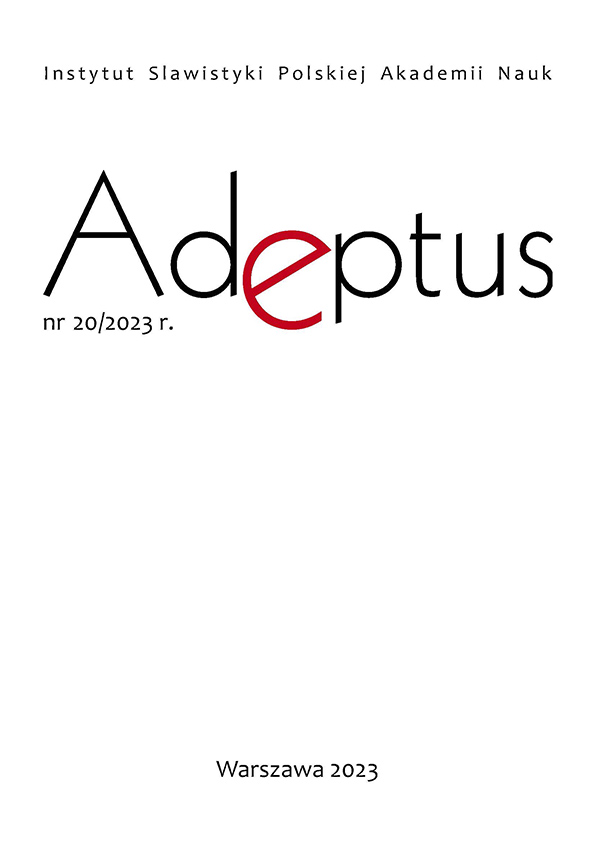Moskwa, miasto uległe. Jacka Komudy spojrzenie na Wschód w kontekście neosarmatyzmu i zwrotu topograficznego na przykładzie Samozwańca
Moscow, a Submissive City: Jacek Komuda’s View of the East in the Context of Neo-Sarmatism and the Topographic Turn on the Example of “Samozwaniec”
Author(s): Sebastian TauerSubject(s): Polish Literature, 16th Century, 17th Century, 18th Century
Published by: Instytut Slawistyki Polskiej Akademii Nauk
Keywords: neo-Sarmatism; Eastern Europe; Central Europe; Jacek Komuda; Moscow;
Summary/Abstract: In the neo-Sarmatian trend (which involves an attempt to build individual and collective identities by referring to the Sarmatian cultural formation), an important issue is how one identifies oneself in terms of spatial relations between the West, Centre and East of Europe. Jacek Komuda is one of the most recognisable writers of this trend and thus has a great impact on the reader, especially the young one, and on the shaping of their identity. Moscow occupies an important place in his work: the capital of the Grand Duchy was a place where, following its capture by Polish troops, Russian and Sarmatian culture came into contact. A closer look at the representations of Moscow and its society in the novel Samozwaniec [The Pretender] allows us to see how the neo-Sarmatians perceive the East and what image they present to Polish readers, who on this basis are to determine what cultural circle they belong to.
Journal: Adeptus
- Issue Year: 2023
- Issue No: 20
- Page Range: 1-17
- Page Count: 17
- Language: Polish

